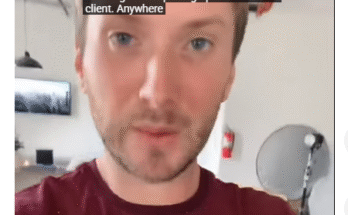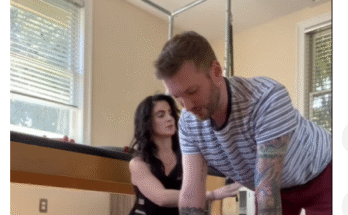Beyond the Barrel: A Woman, Her Horse, and the Lens
Barrels had been my world once. The sound of pounding hooves, the rush of dirt flying behind us, the crowd’s roar—it was a kind of wild electricity that lived in my bones. My horse and I ran those cloverleaf patterns like our lives depended on it, chasing seconds and silencing doubts with every tight turn. But rodeo life is a season, not a lifetime, and one day I woke up knowing I was ready to step past the arena. Not away from my horse, though—never that. Just… beyond the barrel.
When I first picked up a camera, I thought it would be a hobby. Something quiet, something still, the opposite of the adrenaline I’d always chased. What I didn’t expect was how much the lens would teach me about the world I thought I already knew. Rodeo had trained my eyes to anticipate movement—when a horse would break stride, when a barrel would teeter, when the timer would blink. But photography trained me to notice the things I’d missed: the delicate steam curling from a horse’s nostrils on a cold morning, the grit caked on boots that had seen ten seasons of dust, the subtle flick of an ear that spoke louder than words.
My horse became my first model, though he didn’t exactly audition for the role. He tolerated me crouching in the dirt, squinting through glass, calling out, “Just one more!” like I was directing a movie star. He didn’t care about the angle of light or the background. He just wanted hay and maybe a scratch behind the ears. But through my lens, he became more than the partner who’d carried me around barrels. He was poetry in motion, strength wrapped in gentleness, a living reminder of what it means to give your whole self to something.
The camera gave me a new kind of rush—not the roar of a crowd, but the quiet triumph of freezing a moment before it slipped away. I learned how to capture the split-second arch of a rider’s back as they leaned into a turn, the dirt exploding beneath hooves like fireworks, the raw concentration etched on a face determined not to lose. These weren’t just photographs; they were truths, evidence of devotion and sacrifice that often went unseen beyond the arena lights.
But maybe the greatest surprise was how photography reconnected me to the community I thought I’d left behind. Riders who once cheered or competed against me now asked me to capture their stories. Horses I’d only glimpsed in warm-up pens became familiar muses. The rodeo grounds, once a battlefield of seconds, turned into my canvas. The stories I used to live, I now preserved for others to remember.
Beyond the barrel, I found something unexpected: perspective. The adrenaline had been sweet, but the reflection was sweeter. Through the lens, I began to see not just what we did, but why we did it—the bond between rider and horse, the unshakable courage in the face of failure, the joy that lives in the in-between moments.
I may not run barrels anymore, but every time I lift my camera, I feel that same old fire. It’s not about chasing the clock now. It’s about capturing the heart. And in that way, my horse and I are still running together—just on a different course.


